Folk-rock icon Bob Dylan is one of those artists who don’t appear to need their career validated by anything or anyone besides their internal connection to their creative muse. Since he first burst on the scene in the early 1960s, Dylan marched to the beat of his own drum. He sang what he wanted to sing; he said what he wanted to say. Little stopped that pursuit.
Videos by American Songwriter
But that’s not to say Dylan was immune to other artists enrapturing him and, in some rare cases, even validating him. In his 2015 MusiCares Person of the Year acceptance speech, Dylan gave thanks to countless artists who inspired him, from his former partner, Joan Baez, to Jimi Hendrix to a fellow headstrong artist cutting her teeth on the East Coast: Nina Simone.
Why Bob Dylan Said Nina Simone Validated His Entire Career
While Bob Dylan and Nina Simone might not seem like the most obvious musical pairing at first glance, if you think about it, the connection between the two makes perfect sense. Both musicians have stayed true to their unique vocal timbres and styles, even when the results were too heady for most listeners. They used their global platforms in the 1960s to speak out against social and racial injustices of the world and, more specifically, their home country. Dylan was a master of the protest song. Nina, a master of protest.
The folk-rock legend paid homage to the late jazz pianist and singer during his 2015 MusiCares acceptance speech, recalling, “I used to cross paths with her in New York City in the Village Gate nightclub. These were the artists I looked up to. She recorded some of my songs that she learned directly from me. She was an overwhelming artist, piano player, and singer. Very strong woman, very outspoken. That she was recording my songs validated everything I was about.”
And indeed, Dylan had plenty of opportunities to feel that validation. Simone covered several of his songs, including “Just Like Tom Thumb’s Blues,” “Just Like a Woman,” “The Times They Are A-Changin,’” “The Ballad of Hollis Brown,” and “I Shall Be Released.” The songs were already powerful in their own right when Dylan sang them. But with Simone’s unique perspective as a Black woman, with her husky timbre and inimitable stage presence, Dylan’s songs took on a whole new meaning. These subtle changes are undoubtedly what Dylan was referring to in 2015. They’re also a fascinating insight into the different reactions the U.S. had to Dylan’s protests vs. Simone’s.
One Was Praised For Protesting, The Other Was Vilified
With songs like “The Times They Are A-Changin,’” “Like a Rolling Stone,” and “Blowing in the Wind,” Bob Dylan effectively created the soundtrack to the massive social movements of the 1960s, from anti-war protests to the Civil Rights movement to the early seedlings of women’s liberation. Nina Simone was actively writing, performing, recording, and touring at the same time. However, unlike Dylan, Simone got a front-row seat in the injustices that Dylan and other like-minded individuals were protesting through music or action. As a Black woman in a pre-Civil Rights Act U.S., she knew all too well what social injustice and discrimination looked and felt like.
Simone began to incorporate her own civil rights messages in her music, perhaps most notably with “Mississippi Goddam.” She would later credit this controversial protest song as the nail in the coffin of her career. Simone left the U.S. in 1970 in a self-administered exile from the country. “I wouldn’t change being part of the civil rights movement,” Simone said in a 1983 interview. “I wouldn’t change that But some of the songs I sang I would’ve changed because they hurt my career. All the controversial songs, the industry decided to punish me for and they put a boycott on my records. It’s hard for me to incorporate those songs anymore because they are not relevant to the times.”
Unlike Dylan, whose protest songs seem to elevate him from a run-of-the-mill folkie to a bona fide legend, Simone’s career took a dramatic turn after she became more politically active. Yet, despite these vast differences in careers, Bob Dylan’s 2015 remarks prove that, for a brief moment, two kindred spirits with similar attachments to their muse could see eye to eye, even if from across the room.
Photo by Gai Terrell/Redferns


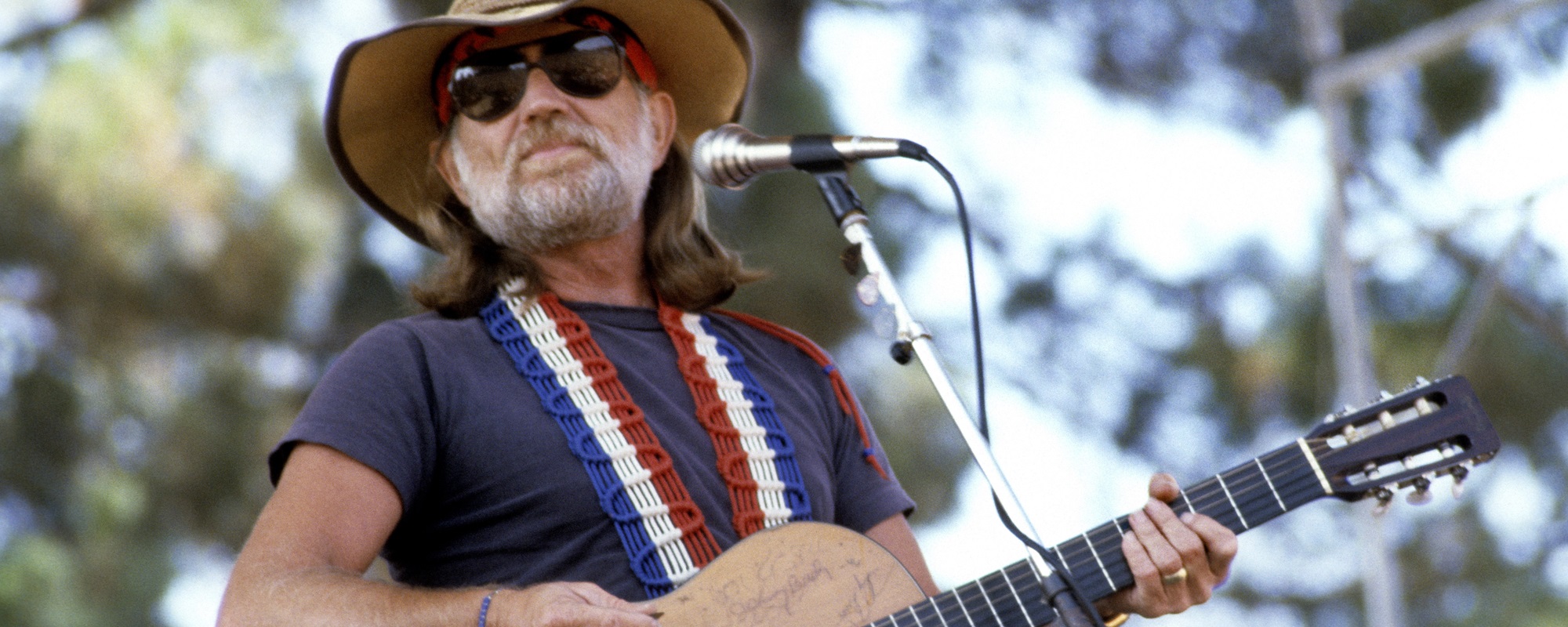
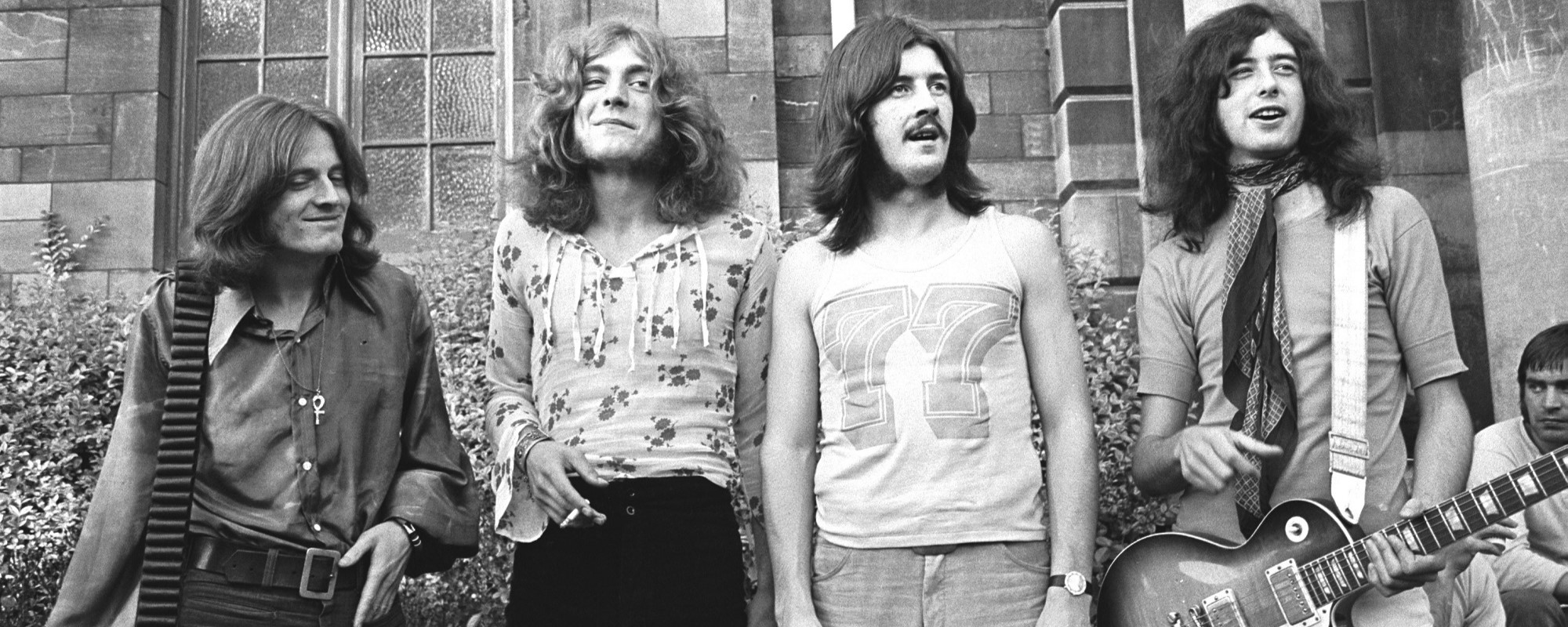
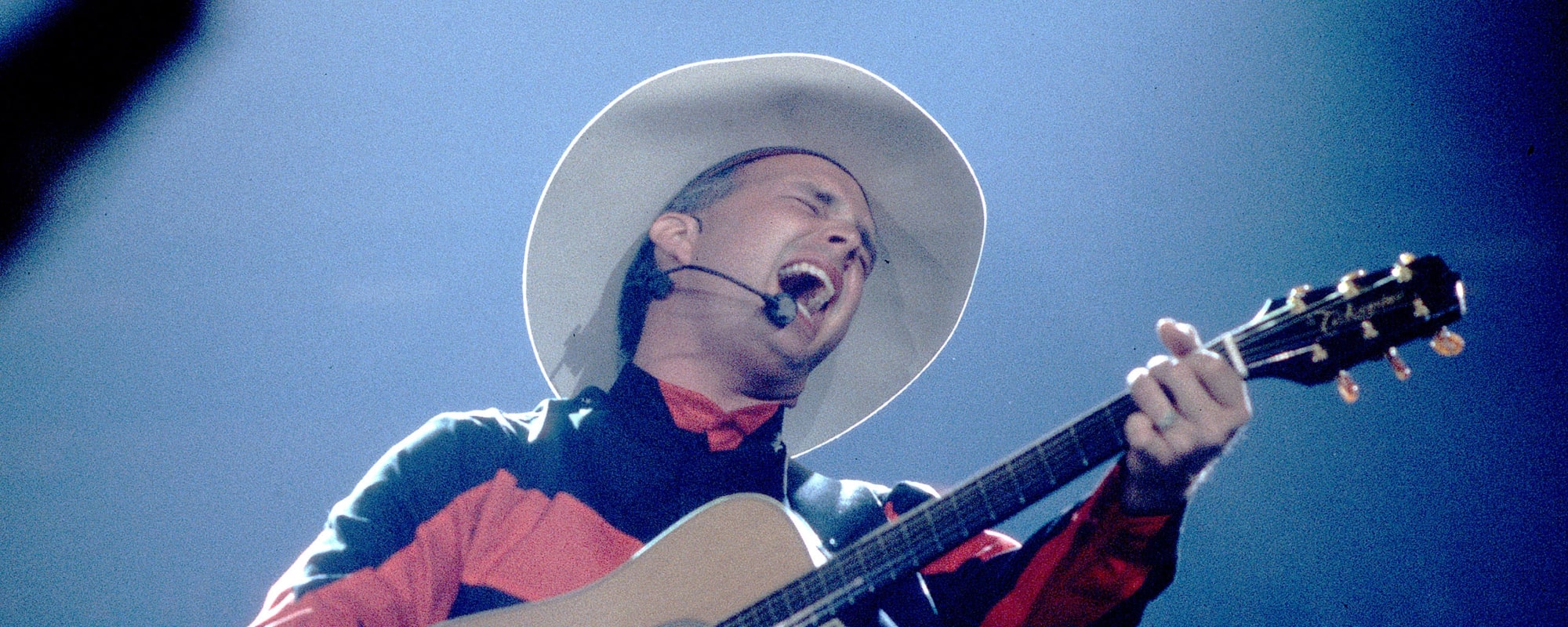



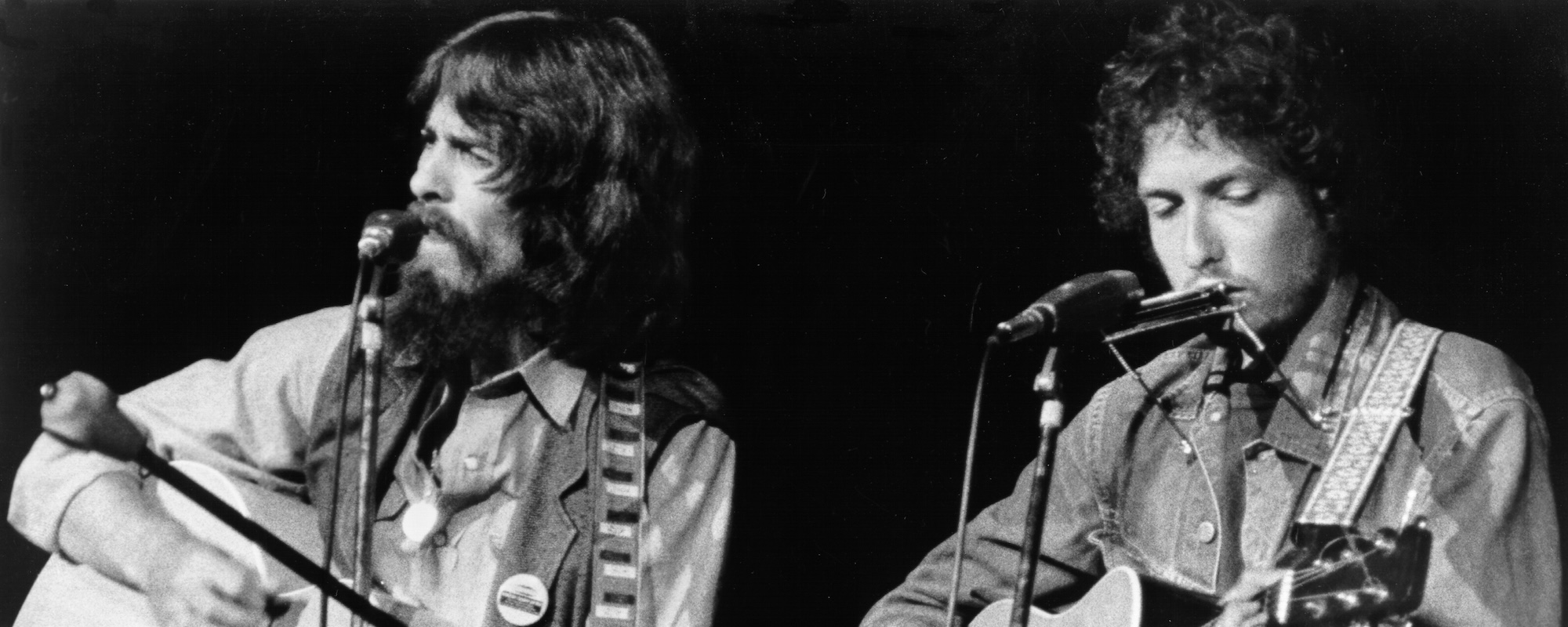

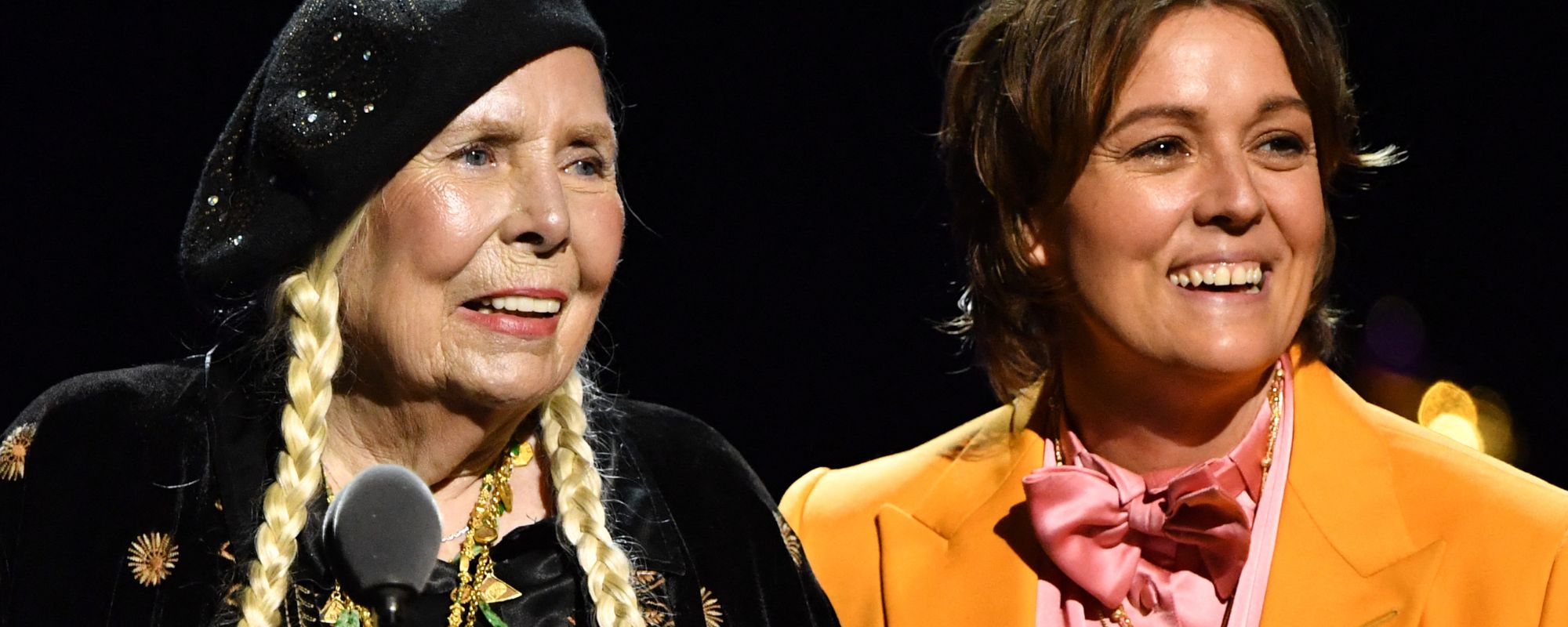

Leave a Reply
Only members can comment. Become a member. Already a member? Log in.